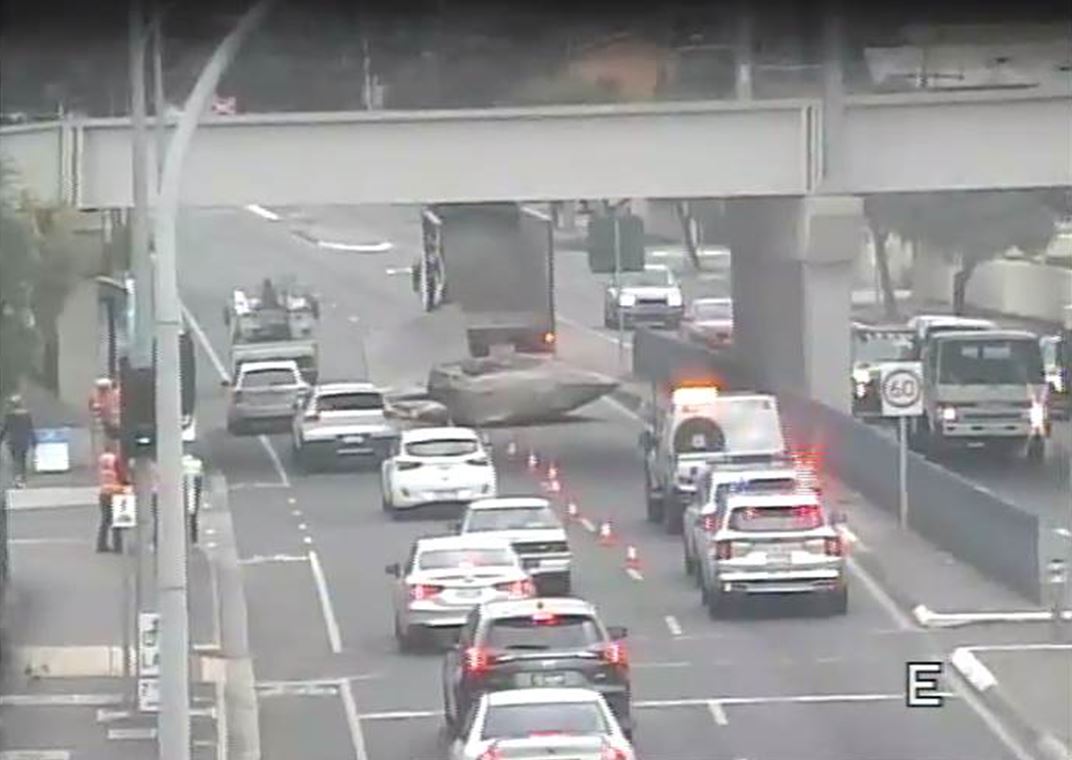
Summer lime applications may seem a long way off, but South Australian growers are being urged to plan their lime programs now.
A large number of orders is already placing pressure on some suppliers’ ability to meet demand and delivery schedules over the liming season, which traditionally runs from October to May.
Growers are also reminded that acid-sensitive crops such as lentils and faba beans can be very good indicators of areas that should be tested for subsurface acid stratification.
Department of Primary Industries and Regions (PIRSA) Principal Consultant Brian Hughes says most crops will perform poorly if they encounter acid soil, however pulses are especially sensitive and the symptoms are easier to see compared to cereals.
“Symptoms in the crop look similar to drought stress or nitrogen deficiency, however, those often occur across the whole paddock, whereas soil acidification is typically patchy and only affects the non-calcareous soils in the paddock,” he says.
Around four million hectares of South Australia’s productive farmland is either already acidic or is likely to become acid prone in the next decade, according to Mr Hughes, who is managing a collaborative ‘Acid Soils SA’ project with investment from the Grains Research and Development Corporation (GRDC).
He sees high demand for lime as a positive sign that many South Australian growers have recognised the urgent need to address soil acidification in their cropping systems.
However, acidity is emerging in areas where it was not seen previously, and growers need to investigate the cause of poor patches that develop in paddocks.
“Acid Soils SA has provided a range of useful lime calculators that growers can download from our website,” Mr Hughes says.
“These are provided with information about lime quality from different suppliers, so growers can identify their most cost-effective source and calculate how much lime is required to order to treat their paddocks.”
The online tools include an Acid Cost calculator, Lime Cheque investment calculator, and a Maintenance Lime Rate calculator.
The Acid Cost calculator allows growers to see the potential productivity loss if crop or pasture soils are left untreated.
This can be compared with results from the Lime Cheque calculator, which helps growers work out how much lime is needed to return their soils to the optimum pH of 5.5 and provides a cost estimate based on the effectiveness and price of nearby lime sources.
Additionally, a Maintenance Lime Rate calculator estimates ongoing lime requirements to offset acidification caused by annual production. Growers can calculate how much lime will be needed per hectare, either annually or over a ten-year period.
“The Acid Soils SA project has shown that limes moves into the soil very slowly so applications need to be made regularly and at a high rate to avoid acidity developing below eight to 10 centimetres,” Mr Hughes says.
“The effective neutralising value of lime, based on its fineness and purity, influences how rapidly it can dissolve and correct soil acidification.
“Strategic tillage to incorporate lime has also been shown to speed up the effectiveness of the lime and help neutralise subsurface acidification.”
The Acid Soils SA project is operating trial sites across South Australia to identify, develop and validate soil acidity management practices for modern cropping systems.
Growers can learn more, download lime calculators and access a range of resources at the Acid Soils SA website.
Project partners include South Australia’s Department of Primary Industries and Regions, the South Australian Department for Environment and Water, the University of Adelaide, Trengove Consulting, Penrice and AgCommunicators.








